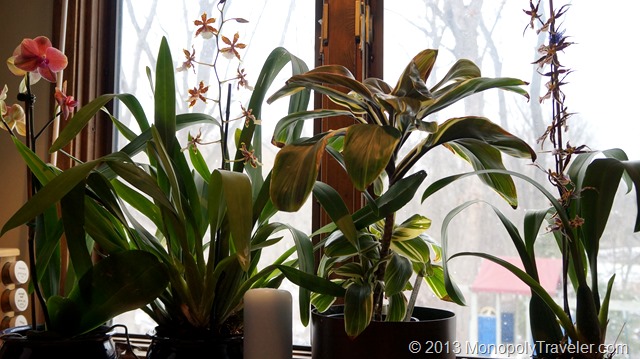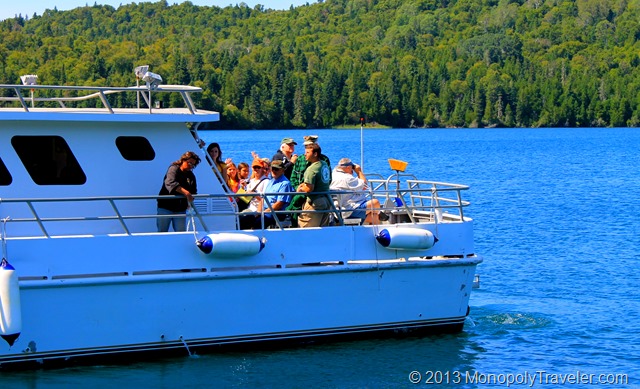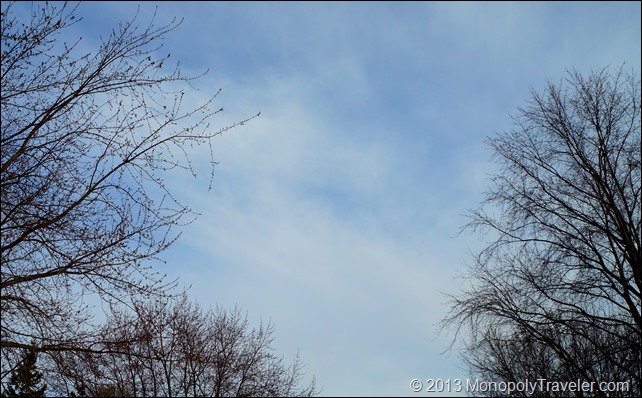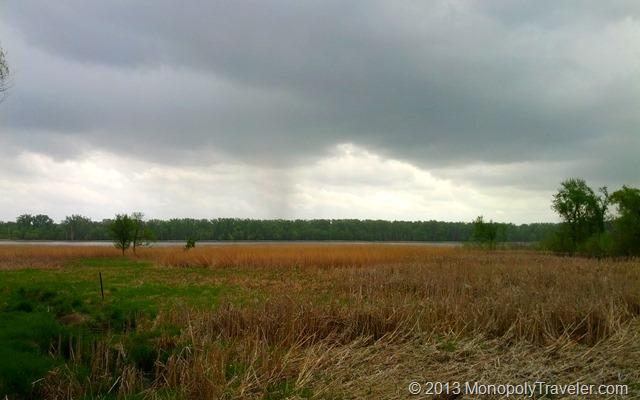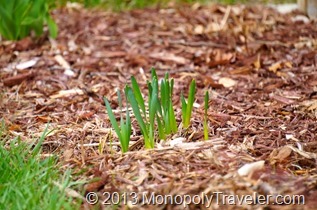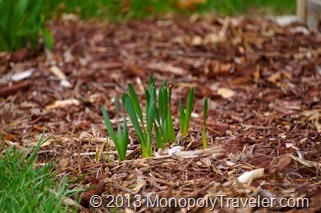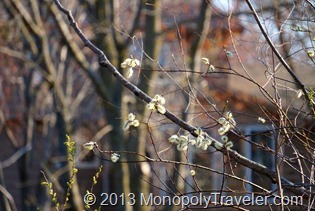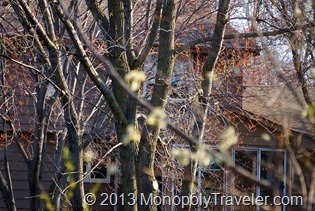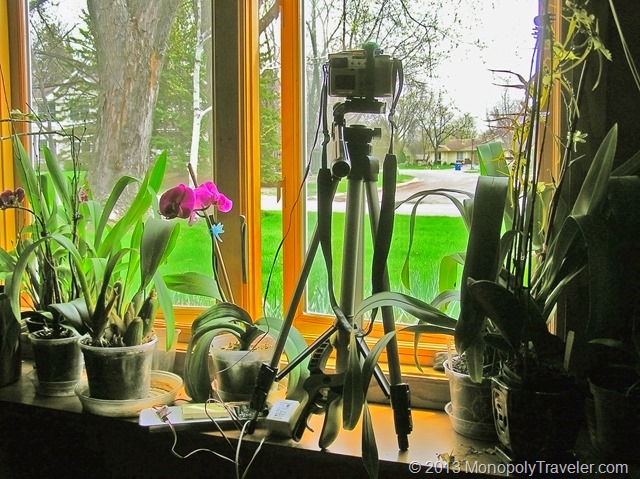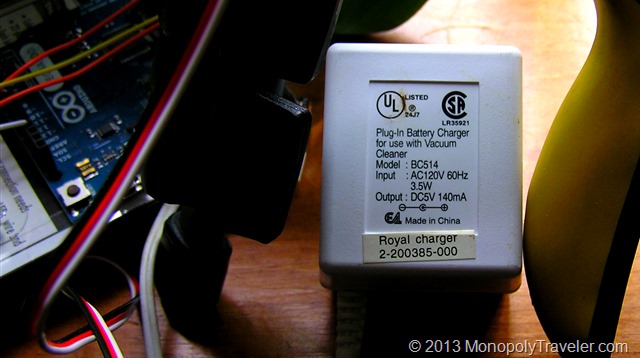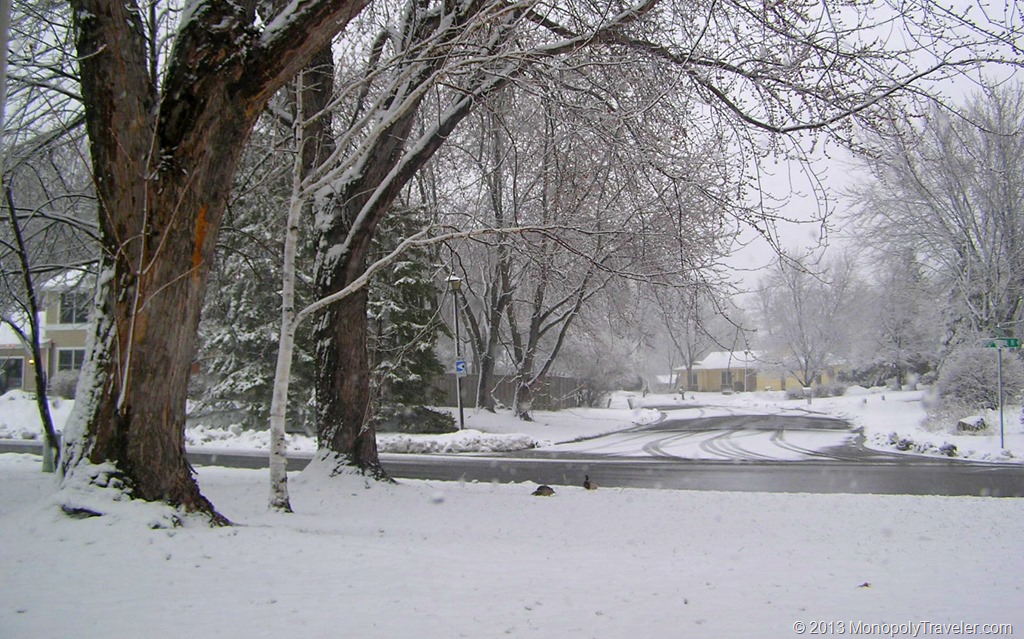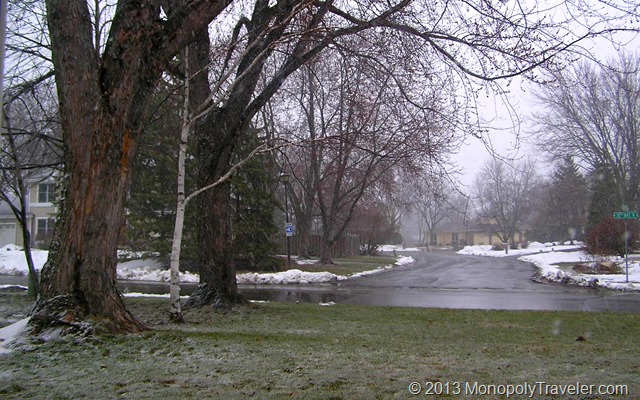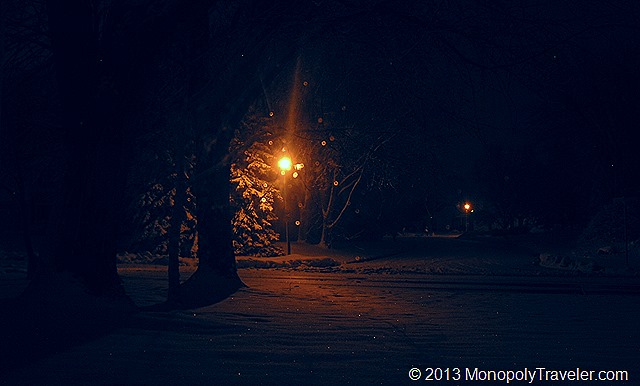I heard Zach Sobiech on the radio last year and was inspired. In brief, he was diagnosed with cancer early in life and given a short time to live. As a parting message he wrote a song which has been doing quite well – it’s called Clouds. This was kind of his way of saying goodbye. Unfortunately Zach passed on May 20,2013.
To see his story watch the video.
There are many stories of kids that are terminally ill and are difficult to understand and accept. There is inspiration in these stories. Inspiration for gratitude. Inspiration for those around you. The biggest piece of inspiration I received from Zach is to live! To me that doesn’t mean living on the edge and skydiving or swimming with the sharks. It means looking back on the day and finding those pieces of joy. Enjoying those your with that day even if they have done things that really irritate you and they do it every day. We all receive unwanted news and get angry or depressed. Feel it, embrace it, and move on. This doesn’t mean do it all in minutes. It could take days, weeks, or even months to move on. Just don’t let if affect you for years and years.
How often do you stop and ask during the day “Am I enjoying this?” It’s a valid question. What is interesting is the answers you begin to give yourself. Why are you or are you not enjoying this right now? Could you be? Should you be? Is there something that needs to be changed? What are the consequences of those changes? You realize you are in control of more than you thought and that can be invigorating.
For me, I enjoy learning and experiencing new things. I change hobbies somewhat frequently. It may be keeping fish for awhile and then moving on to orchids and then photography. With each hobby comes dedication to learning and expenses. Traveling to different destinations is my most impactful hobby. Sometimes those travels are costly and other times they are just a day trip with little cost. Traveling is not just about the destination, it’s about experiences and the people that I get to share those with.
Zach has re-inforced that the things I like to do are ok. It’s alright to keep learning and living. Changing hobbies every 3-5 years has become a little frustrating because of the time, energy, and money I put into them. While I learn a lot, I can never seem to become a master at any of them because I get bored with them. Maybe that’s what I’m really good at, learning. Zach’s message to live reminds me that is what I’m doing and what works for me.
I hope Zach can be an inspiration to you also!

